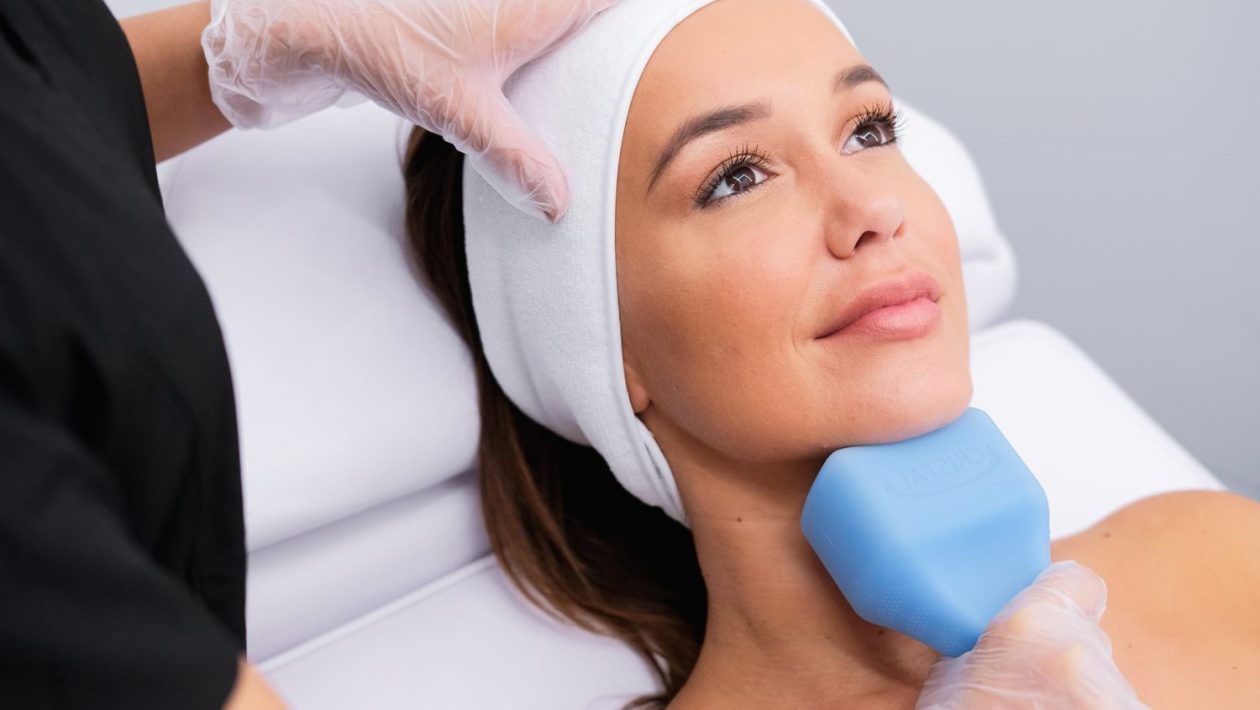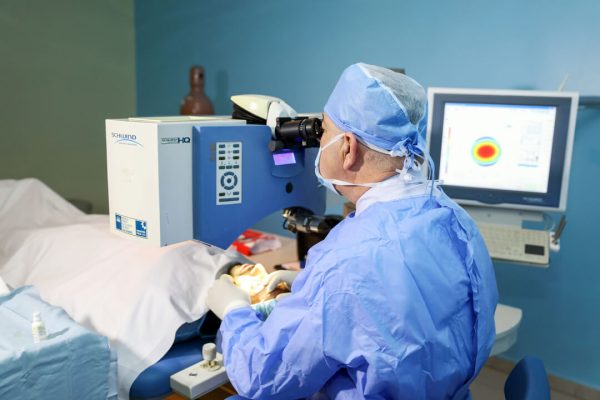Modern aesthetic medicine has an extensive set of methods for rejuvenation and improvement of facial appearance. One of the most popular procedures at present is injection therapy with lipolytic mixtures. Lipolytics are preparations whose formula is based on the synthesis of natural components that have an effect on the destruction of fat cells and their removal from the body through the lymphatic system. This effectively resolves the problem of local fat deposits on the face.
Predominantly, lipolytics are made from plant components. This allows you to minimize side effects for the body and, after a few more injections, achieve the desired effect of a refined face.
When can lipolytic methods be used for the face?
The use of lipolytic injections is justified for correction of the following areas:
- Elimination of the doubled chin.
- Destruction of localized fat deposits on the cheeks, cheekbones, and neck.
- Reduction of “bags” under the eyes.
- Restoring the clarity of the facial oval and getting rid of skin ptosis.
- Improving the tone and texture of the skin.
In addition to destroying fat cells, lipolytic methods stimulate blood circulation and lymphatic drainage and activate cellular regeneration, triggering rejuvenation processes.
A significant feature of lipolytic drugs is their ability to dissolve subcutaneous fat only in the area where they were introduced. This allows cosmetologists to predict the final result of correction and affect the point, avoiding invasive surgical interventions. However, the final decision on the use of lipolytic injections comes from the cosmetologist, taking into account the medical indications and contraindications of the patient.
In the world of cosmetology, there are two categories of lipolytics:
Direct-acting, aimed at destroying the membranes of fat cells and their complete breakdown. These drugs usually include several active components, including synthetic substances.
Indirect-acting, which has a milder effect. They do not destroy cell membranes but contribute to the dissolution of fatty deposits inside the cells themselves.
The choice between these two types depends on many factors, and the final decision is always left to the cosmetologist, taking into account the individual characteristics of the patient.
Main properties of Lipo Lab V-Line Lipolytic for face 10 ml
Let’s take a look at the Lipo Lab V-Line lipolytic preparation and its unique characteristics. Modern cosmetology and innovative developments make it possible to achieve tangible results using mild and safe methods. Lipo Lab V-Line is an indirect lipolytic preparation that contains its composition:
- Amino acids L-carnitine and tyrosine.
- Linoleic acid.
- Vitamins.
- Extracts of horse chestnut and walnut.
The drug does not have a destructive effect on the membranes of fat cells. Its action is to stimulate metabolism inside the cells, which reduces the size of fat cells.
The product is distributed in 10 ml vials; each box contains 5 ampoules.
Areas of usage of Lipo Lab V-Line Lipolytic for face 10 ml
When is it wise to use Lipo lab V-Line Lipolytic? Injection procedures for fat burning are recommended for the correction of the following problem areas:
- Combating wrinkles.
- Eliminating a double chin.
- Reducing facial swelling.
- Smoothing of nasolabial folds.
Procedures are allowed for women and men over 18 years of age. Lipo Lab V-Line is available for purchase only to cosmetologists with medical education. Conducting injections requires training specialists to work with the product.
Results of the procedure
Reviews of clients of beauty salons and aesthetic clinics confirm that the result of injectable lipolysis using Lipo Lab V-Line becomes visible after the first procedure. The facial oval becomes tighter, improving skin elasticity and relief. The effect of a course of procedures can last up to 9 months.
Contraindications
Injections are not recommended during pregnancy and breastfeeding, as well as with acute respiratory viral infections and taking blood-thinning medications. Absolute contraindications include blood clotting disorders, allergy to the components of the drug, cancer, and autoimmune disorders.





